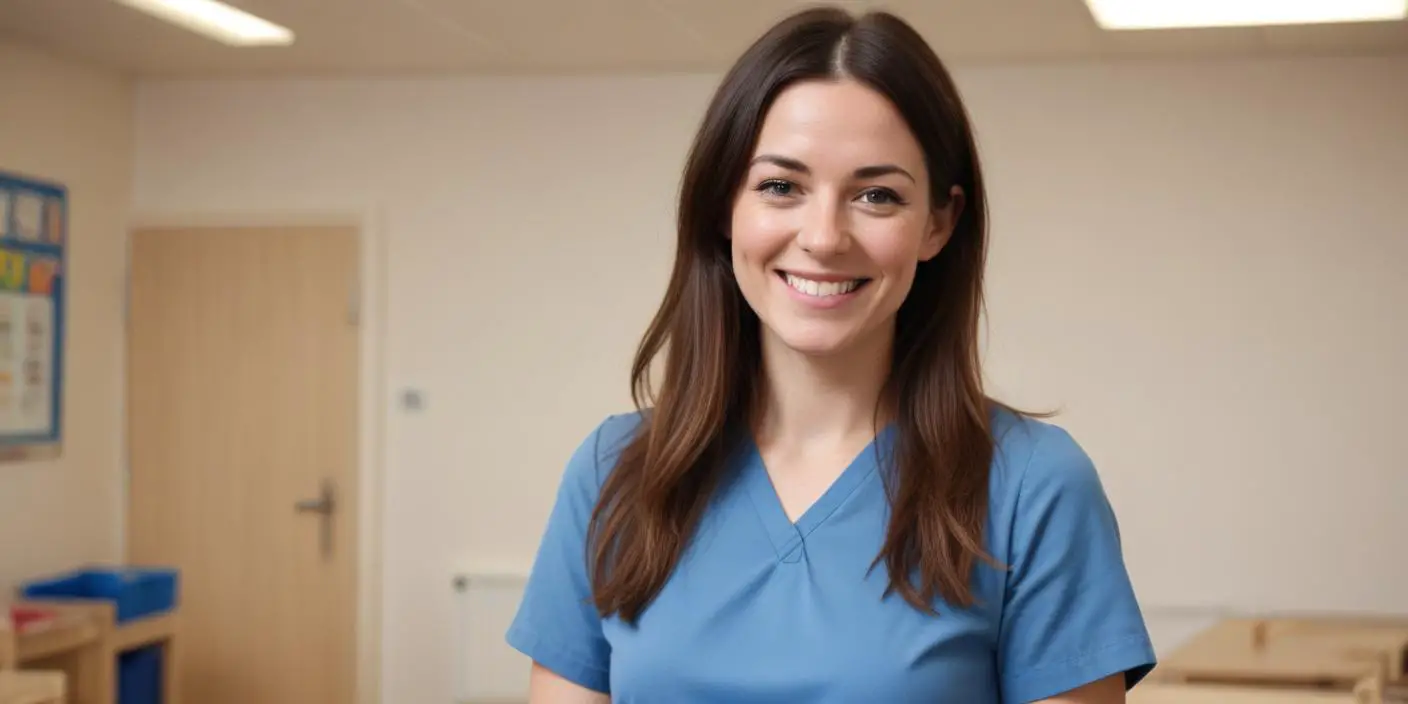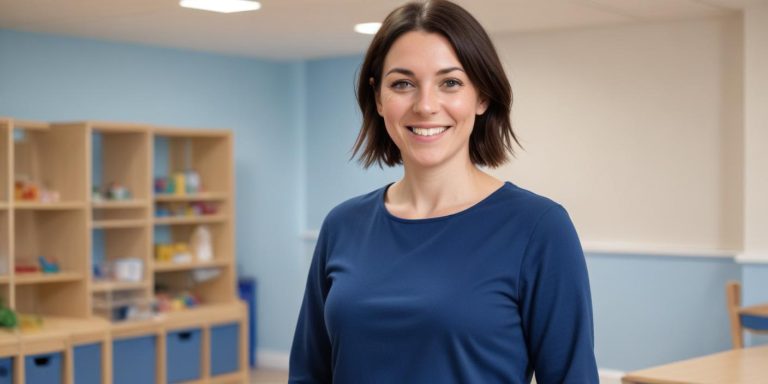This guide will help you answer 2.1 Give reasons for ensuring equipment, furniture and materials are used safely and the dangers of not doing so.
When working in early years settings, it is your responsibility to prioritise safety when using equipment, furniture, and materials. These items, while essential for daily activities, can pose risks if not used correctly. Children in early years are especially vulnerable due to their age, physical abilities, and understanding of risks. Using equipment, furniture, and materials safely protects children, staff and visitors from accidents.
Safe use also ensures compliance with health and safety legislation, such as the Health and Safety at Work Act 1974. Employers, employees, and practitioners must follow legal standards to create a safe environment. Failure to do so can result in injury, legal consequences, and damage to the setting’s reputation.
Risks of unsafe practices include physical injuries, emotional distress, and interruptions to learning. Ensuring proper use prevents hazards and promotes a safe and welcoming environment.
Preventing Accidents and Injuries
Children explore their environment actively. This curiosity, while positive, means they often cannot judge risks. Unsafe equipment, materials, or poorly secured furniture can rapidly lead to accidents.
Examples of preventable accidents:
- A heavy bookcase tipping over because it wasn’t secured to the wall.
- A child tripping over a loose rug.
- Someone burning themselves on an overheating electrical device.
By using equipment safely, you reduce the chance of serious incidents. Items should always be age-appropriate, checked regularly for damage, and stored out of children’s reach if hazardous. This protects children from harm and ensures a reliable day-to-day environment.
Supporting Children’s Development
Children thrive in safe environments. When they feel secure, they are more confident exploring and playing. Unsafe equipment or materials can distract staff or result in accident investigations, interrupting the learning process.
For example, unstable furniture or toys with sharp edges can restrict a child’s freedom to explore. Staff may need to spend time fixing or replacing unsafe equipment rather than focusing on activities.
Safe use also teaches children good safety habits. Practitioners set an example by demonstrating correct use of materials and promoting skills like tidying up or checking for hazards. Over time, these habits support a child’s growing independence and personal responsibility.
Protecting Practitioners and Visitors
Practitioners and visitors are also at risk if safety isn’t prioritised. Unsafe furniture and equipment may result in slips, trips, or falls for adults in the setting. Broken pieces of furniture, damaged flooring, or unsafe toys can cause injuries that disrupt the flow of everyday childcare tasks.
When accidents happen, staff might need time off work, causing additional stress for the rest of the team. It could also lead to formal complaints or legal issues if someone sustains a serious injury.
Regular checks and proper maintenance help practitioners feel confident in their workplace. Feeling safe reduces stress and allows them to focus fully on supporting children.
Meeting Legal and Moral Responsibilities
UK law sets high safety standards for those working with children. Various pieces of legislation ensure children and anyone in a setting remain protected. Key legal frameworks include:
1. Health and Safety at Work Act 1974
- Requires employers and employees to maintain a safe working environment.
- Risks must be assessed and reduced to acceptable levels.
2. Provision and Use of Work Equipment Regulations 1998 (PUWER)
- Governs safe provision and maintenance of work equipment.
- Ensures equipment is fit for purpose and used appropriately.
3. Control of Substances Hazardous to Health Regulations 2002 (COSHH)
- Protects individuals from harmful materials such as cleaning chemicals.
Failing to follow the law risks council inspections, fines, and potential closures of the setting. Following safety procedures is not just legal—it’s an ethical duty to protect those in the setting.
Emotional and Psychological Risks of Unsafe Practices
Accidents don’t just cause physical harm. Emotional and psychological impacts could affect everyone involved. Children may become frightened of returning to the setting. They may lose confidence or avoid exploring and playing.
Staff members may feel anxious if unsafe practices aren’t addressed. Visitors or parents may develop concerns about the quality of care provided and lose trust in the setting.
Avoiding incidents by creating a safe, reassuring environment helps everyone. Children grow in confidence, parents remain trusting, and staff work feeling safe and valued.
Supporting Equipment and Material Maintenance
Practitioners have a shared responsibility to inspect and maintain all furniture, equipment, and resources to avoid hazards. This includes regular checks and immediate action if faults are found.
For example:
- Ensuring outdoor play areas are free of broken toys or unsafe surfaces.
- Repairing or replacing damaged chairs or tables quickly.
- Safely disposing of broken items that cannot be repaired, like worn-out toys.
Scheduled maintenance prevents hazards developing over time. Training ensures that everyone uses equipment appropriately.
Guidelines for Safe Use
Safe practices start with understanding and following workplace guidelines. Every setting should have written policies to address how equipment, materials, and furniture should be used.
Some preventive measures include:
- Training staff on equipment use.
- Supervising children during risky activities, such as arts and crafts.
- Only using age-appropriate materials to avoid small parts posing choking risks for younger children.
- Keeping walkways clear of potential tripping hazards like toys or cords.
These policies create consistent safety standards across the entire setting.
Storing Equipment and Materials Safely
Materials like cleaning products, small items, or sharp tools must be stored securely. Children are naturally curious about new items and may access dangerous items left out accidentally.
For example:
- Cleaning supplies must be stored in locked cupboards inaccessible to children.
- Age-inappropriate or fragile materials should only be available during supervised activities.
Clear labelling, correct storage, and keeping hazardous items out of sight help prevent incidents. It also ensures safe areas for play, exploration, and creative learning.
Dangers of Unsafe Equipment
Failing to ensure safe use of furniture, equipment, and materials poses serious risks:
Physical injuries: Climbing unsecured furniture can result in heavy items toppling onto children.
Choking hazards: Toys with small parts may cause choking issues in younger children.
Fire risks: Damaged electrical equipment or overheating devices may cause fires in the setting.
Illness: Unsafe materials or unhygienic equipment could spread illness amongst children, staff, and families.
Unsafe practices don’t only harm individuals. They can disrupt the entire running of a setting, requiring investigations, closures, or costly legal defences.
Steps to Promote Safety
To use furniture, equipment, and materials safely, remember these key actions:
- Always assess risks before use.
- Follow safety procedures outlined by regulations like the Health and Safety at Work Act 1974.
- Regularly check equipment and report any faults immediately.
- Always pay close attention to supervision, especially during activities involving materials or equipment children might misuse.
- Store all potential hazards securely when not in use.
- Consistently train and update staff to follow safety precautions.
By doing this, you create a safe space for everyone and reduce unnecessary risks. A safe environment supports children’s well-being, ensures compliance, and builds trust amongst staff and families.
Subscribe to Newsletter
Get the latest news and updates from Care Learning and be first to know about our free courses when they launch.







